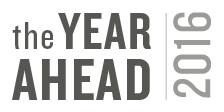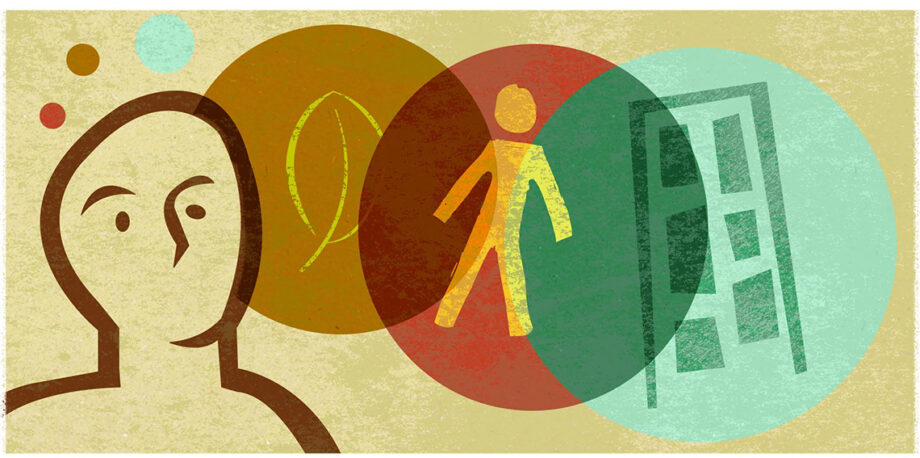December 18, 2015 —  When you look to the year ahead, what do you see? Ensia recently invited eight global thought leaders to share their vision for the environment as it relates to business, culture, ecosystems, energy, food, health, water and the world (see more). In this first installment, Jessica Hellmann, director of the Institute on the Environment at the University of Minnesota (Ensia’s publisher), answers the question: “In 2016, where should the world look for new solutions to grand environmental challenges?”
When you look to the year ahead, what do you see? Ensia recently invited eight global thought leaders to share their vision for the environment as it relates to business, culture, ecosystems, energy, food, health, water and the world (see more). In this first installment, Jessica Hellmann, director of the Institute on the Environment at the University of Minnesota (Ensia’s publisher), answers the question: “In 2016, where should the world look for new solutions to grand environmental challenges?”
In 2016, we have to imagine new ways of sustaining human and nonhuman life on Earth. Without this reimagination, climate change and other forces of global change threaten to undermine the well-being of the built and natural systems on which humanity depends.
There is reason to be optimistic because we have reimagined humanity’s relationship with nature before. For example, conservation science has evolved to recognize the value of conserving species and ecosystems not just for their grandeur but because they are vital to human well-being. We now understand that humans are not separate from nature; we are wholly dependent upon it.
But the planet is changing, and it is changing fast. This means the ways we manage and conserve human and natural systems need to evolve again. This time we need to manage for change. We cannot look to the past for guidance about how the world should be, but need to foster and reengineer systems to be more flexible, dynamic and adaptable.
In 2015, for example, Californians experienced conditions that were warmer and drier than the historic “normal,” and heat waves in India and Pakistan killed thousands and stressed ecosystems. We have high confidence that such events will increase in number and geographic extent. How humanity will react to these changes, however, is quite uncertain.
As our environment shifts around us, farmers, foresters, conservation biologists, urban planners and other system managers must embrace change in earnest, tolerating and even fostering it to keep the underlying systems strong. Practices based on change and resiliency offer the greatest opportunity for sustaining the goods, services and other system values that matter to us most.
Fortunately, when we recognize and embrace change in system management, we also see the importance of interconnections between human and nonhuman life. We rediscover the importance of diversity — in life forms, in organizations and in solutions. Going with the flow of change, assisted by the creative forces of diversity, is our best hope for thriving in a changing, human-dominated world. ![]()
Editor’s note: The views expressed here are those of the author and not necessarily of Ensia. We present them to further discussion around important topics. We encourage you to respond with a comment below, following our commenting guidelines, which can be found here. In addition, you might consider submitting a Voices piece of your own. See Ensia’s “Contact” page for submission guidelines.
Ensia shares solutions-focused stories free of charge through our online magazine and partner media. That means audiences around the world have ready access to stories that can — and do — help them shape a better future. If you value our work, please show your support today.
Yes, I'll support Ensia!
